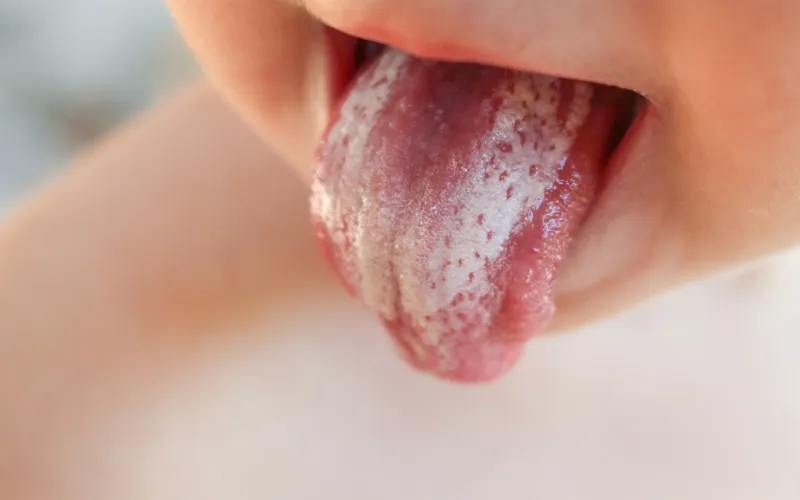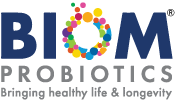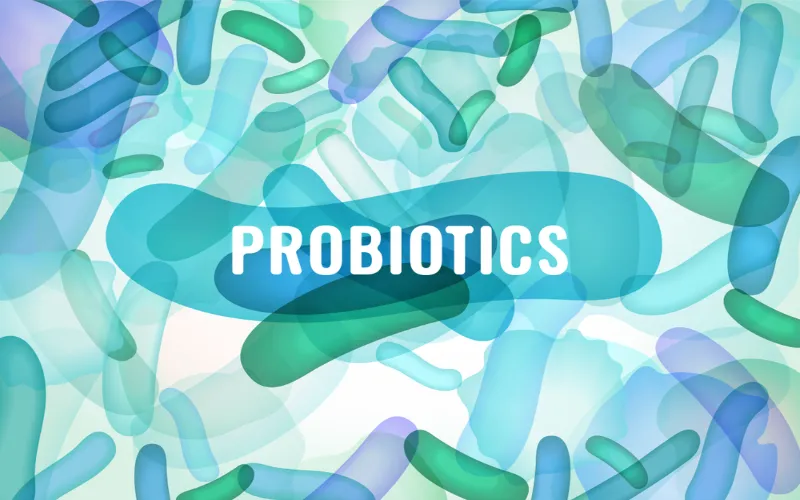A mysterious world resides within us, one of good and bad bacteria, all playing crucial roles in our health. Recently, yeast infections, caused predominantly by Candida albicans, have garnered attention, distressing many with their discomforting symptoms. Parallelly, the promise of probiotics in modern health practices has arisen, shedding light on a potential remedy.
Yeast Infections
Learning more about yeast infections is pivotal to understanding the real antagonist— the Candida species. Although usually benign, this fungus can become problematic when its growth becomes unchecked. The symptoms are hard to ignore; itching, vaginal discharge, and discomfort are just signs of candidiasis in a woman. Men aren’t entirely spared either; they too can fall prey, although less frequently.
Understanding Probiotics
Not all bacteria spell doom. Our bodies house various friendly microorganisms, assisting in diverse bodily functions. Probiotics are one of them. These living microorganisms, often called “good” bacteria, offer numerous health benefits when ingested. The probiotic realm is vast, with many strains, each possessing unique attributes and superpowers waiting to be harnessed.
Gut Health: The Body’s Ecosystem
Imagine a teeter-totter in a playground. When balanced, it’s harmonious. Similarly, the gut flora requires balancing good and bad bacteria for optimal health. A diet high in sugar and certain medications like antibiotics can disrupt this equilibrium, opening doors for unwelcome guests like yeast to thrive and cause infections.
Probiotics vs Yeast
As claims about probiotics’ efficacy against yeast infections multiply, the research should do the talking. Various studies have delved into this potential alliance. Some evidence suggests that probiotics, especially strains like lactobacillus rhamnosus, can inhibit Candida growth. The secret weapon? Their ability to restore balance in the microbiota.
Lactobacillus: Yeast’s Natural Nemesis
Shining a spotlight on Lactobacillus, this strain is a beacon of hope in women’s vaginal health. Beyond its combat against yeast, its role is monumental in maintaining the pH balance of the vagina, ensuring a hostile environment for harmful pathogens while fostering beneficial ones.
Beyond the Yogurt Aisle: Probiotic Sources
Yogurt, although a common go-to, isn’t the sole probiotic powerhouse. Fermented foods like kefir, sauerkraut, and kimchi are teeming with beneficial bacteria. However, supplements come into play for those seeking a more concentrated source.
Traditional Treatment with Probiotics
Melding the worlds of antifungals and probiotics can be likened to a harmonious duet. While traditional medications target the yeast, probiotics restore balance, reducing recurrence rates. Various case studies vouch for this combined approach, highlighting smoother recovery journeys.
Does Probiotics Help With Yeast Infections?
The question on many minds is, “Do probiotics assist in combatting yeast infections?” The therapeutic landscape, brimming with evolving research and real-life testimonials, offers encouraging insights. But as with many health solutions, the answer isn’t straightforward; it is a melange of scientific studies, personal experiences, and expert recommendations.
Infants and Yeast Infections: The Delicate Balance
While commonly associated with adult women, yeast infections spare no age, affecting even the youngest. Babies and infants are not immune to the grip of Candida, especially given their developing immune systems.

Various factors, including antibiotic intake, can exacerbate their risk. As caregivers follow the careful treatment path, probiotics’ potential becomes an intriguing avenue.
Bacterial Vaginosis vs. Yeast Infection: Unraveling the Differences
Many often conflate bacterial vaginosis (BV) with yeast infections. While both pertain to vaginal health, they are distinct entities. BV is characterized by an imbalance of bacteria in the vagina, whereas a yeast infection results from an overgrowth of Candida fungus. Their symptoms, while overlapping, possess nuances. Understanding this distinction is pivotal, as it steers the course of treatment and preventative measures.
The Role of Diet in Yeast Infections
Intake of certain foods, especially those high in sugars and refined carbohydrates, can potentially aggravate yeast overgrowth. On the other hand, a balanced diet, coupled with probiotics, might offer a safeguard against such infections. As we become more aware of the connection between diet and vaginal health, the role of probiotics in mitigating risks takes center stage.
Intercourse and Yeast Infections: The Delicate Link
Yeast infections and intercourse share a complicated relationship. While intercourse doesn’t directly cause the disease, it can introduce an imbalance in the vaginal area, potentially leading to an overgrowth of yeast. Being informed about such links empowers individuals to make decisions prioritizing their health and well-being.
Seeking Reliable Information: Navigating the Probiotic
In an era of information overload, discerning credible sources becomes paramount. When considering probiotics for any health condition, including yeast infections, relying on well-researched information is non-negotiable. From understanding different probiotic strains to recognizing the right type for specific needs, knowledge truly becomes power.
Selecting the Right Probiotic Partner
It requires insight into strains, potencies, and individual needs. A healthcare professional’s guidance is essential here, steering clear of pitfalls that random selections might entail.
From Plate to Pill: Daily Probiotic Practices
Incorporating probiotics isn’t merely about popping pills. Integrating them into daily meals can be both delicious and beneficial. The options are ample, from a bowl of yogurt sprinkled with nuts to a glass of fermented beet juice. Ensuring their efficacy and safety via appropriate labels and expert advice is non-negotiable for those keen on supplements.
Risks and Reservations
Every rose has its thorns. Probiotics, though beneficial, can sometimes backfire, leading to side effects like bloating or infections, especially in immunocompromised individuals. Moreover, they might not always play well with other medications. Due diligence and professional consultations are, hence, essential.
Conclusion
Are probiotics a beacon of hope in the battle against yeast infections? The landscape is promising, but as with all health endeavors, staying informed, prioritizing holistic health, and seeking professional guidance are the pillars of success.
FAQs
Are yeast infections only found in women?
No, yeast infections can occur in both genders, though they’re more prevalent in women. Men can experience symptoms in the genitals or other areas.
Are all probiotics equally effective against yeast infections?
Not necessarily. Different probiotic strains offer varied benefits; some are more adept at combating yeast infections than others.
How long does it typically take for probiotics to impact yeast infections?
It can vary based on the severity of the infection and the probiotic strain, but improvements might be noticed within a few days to several weeks.




